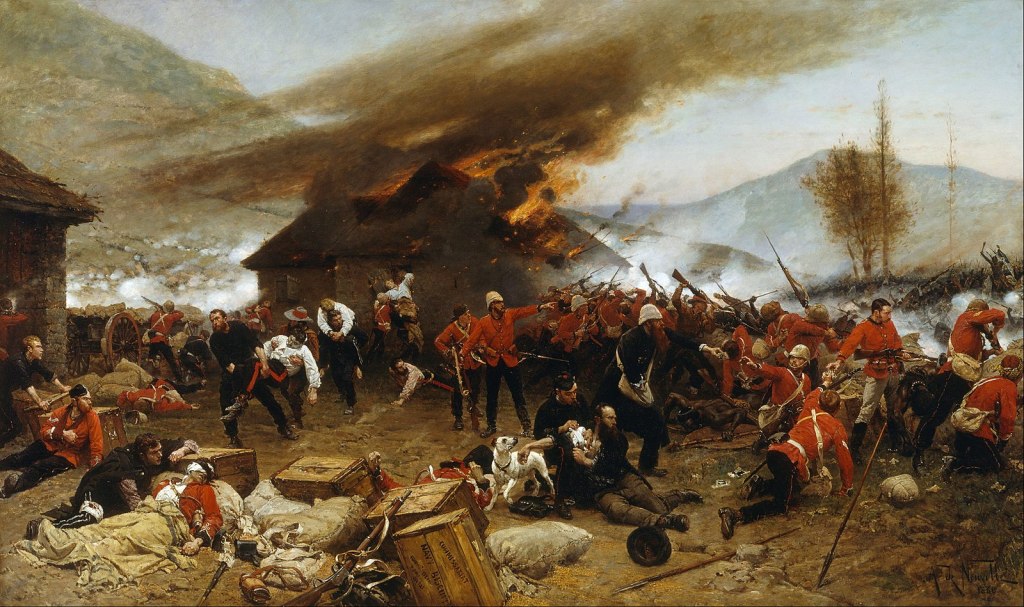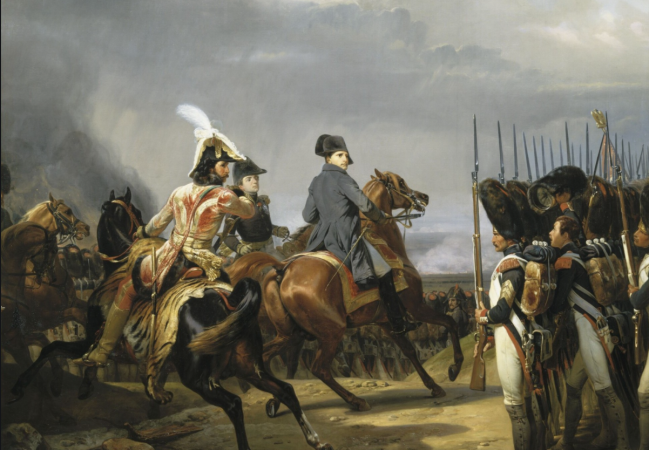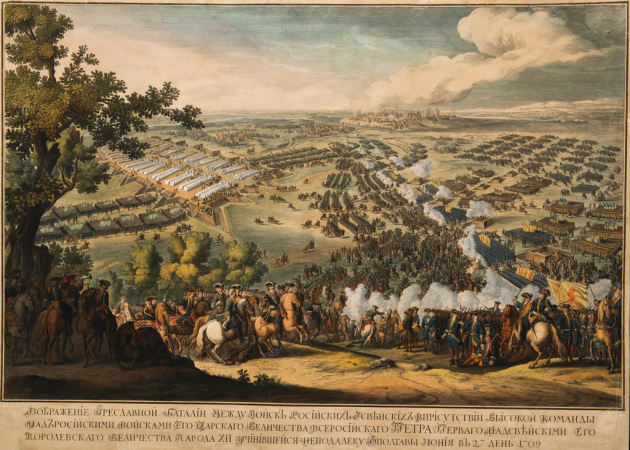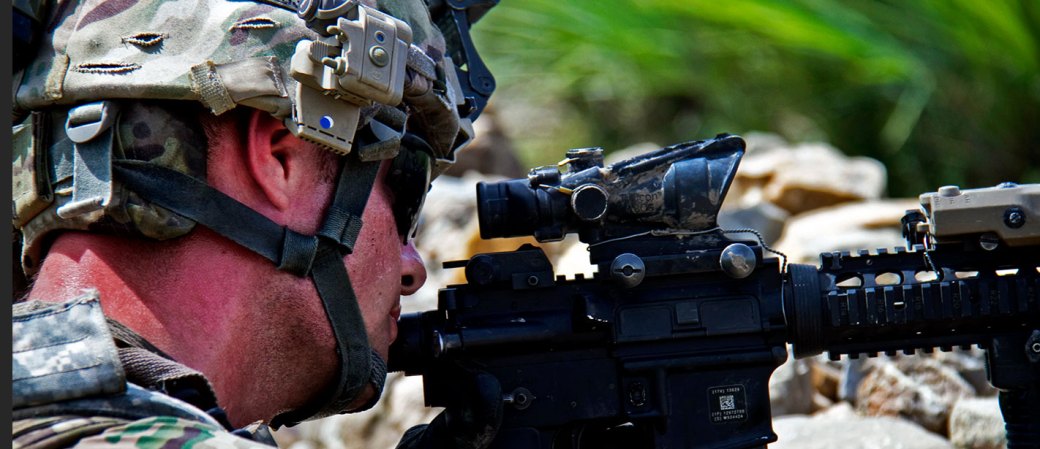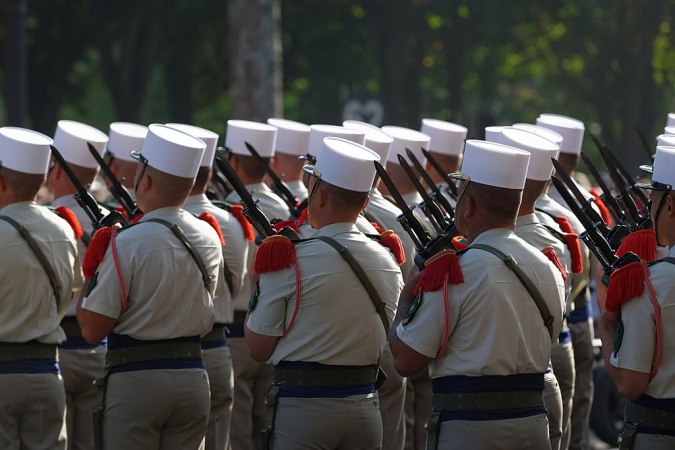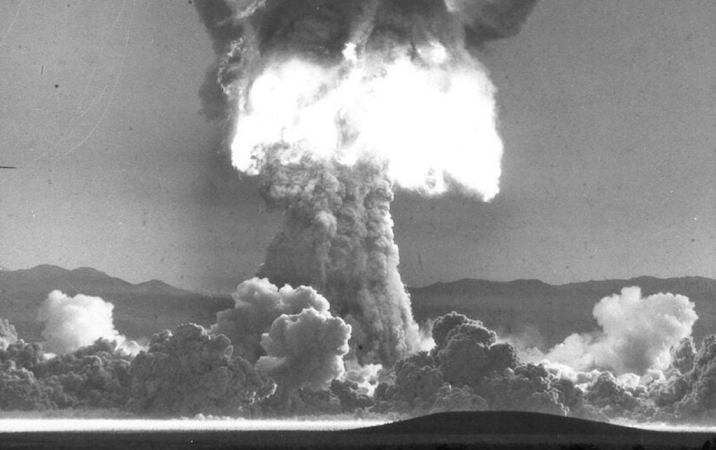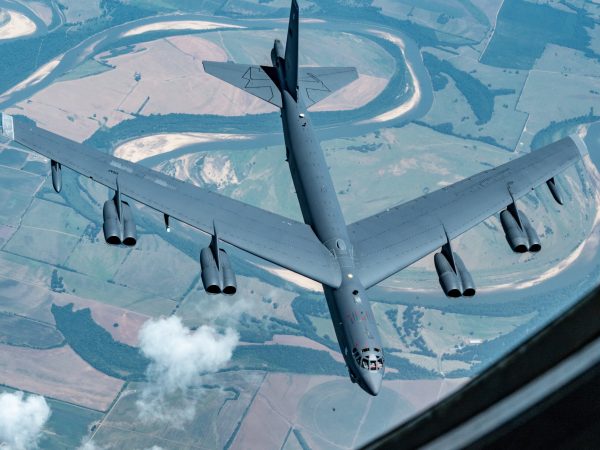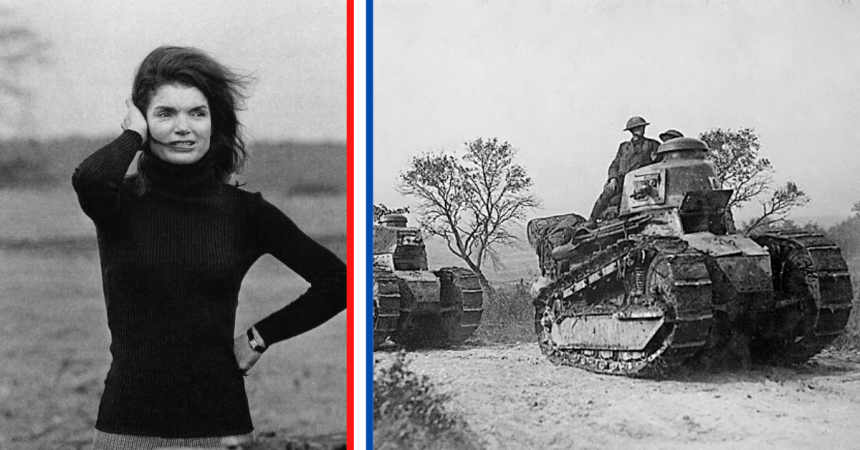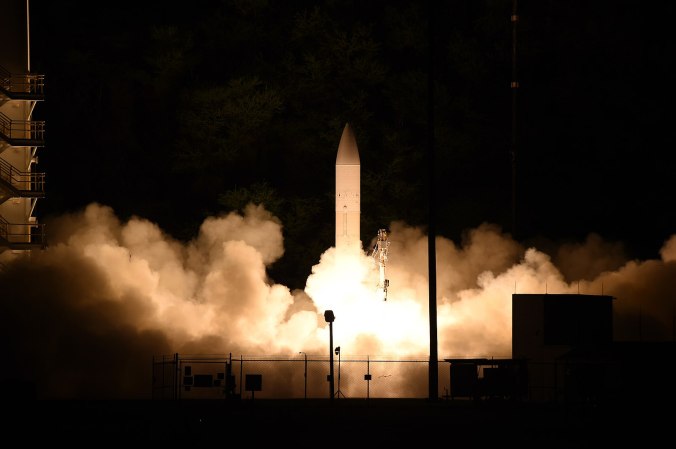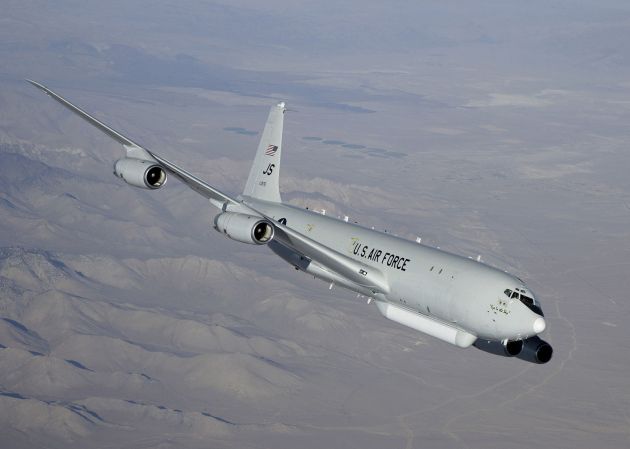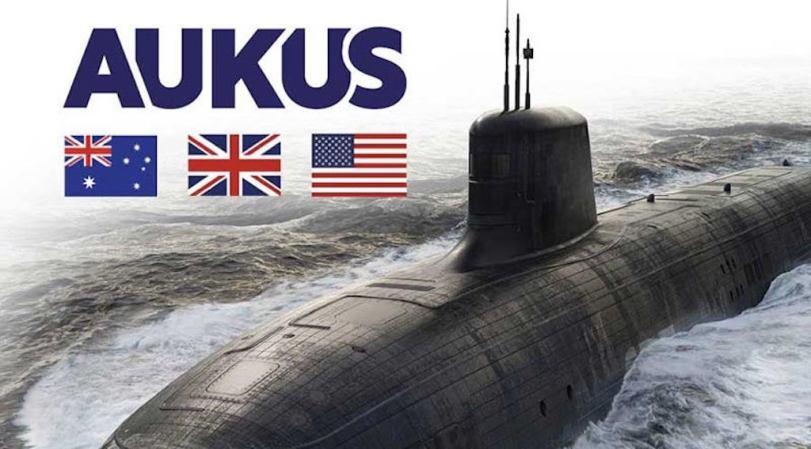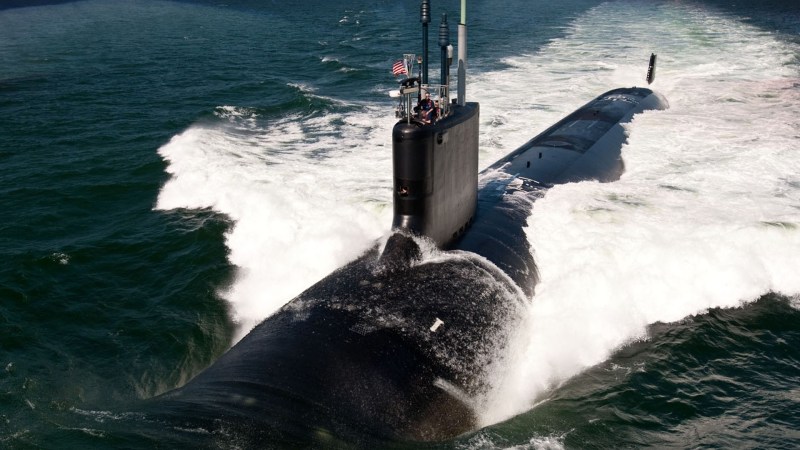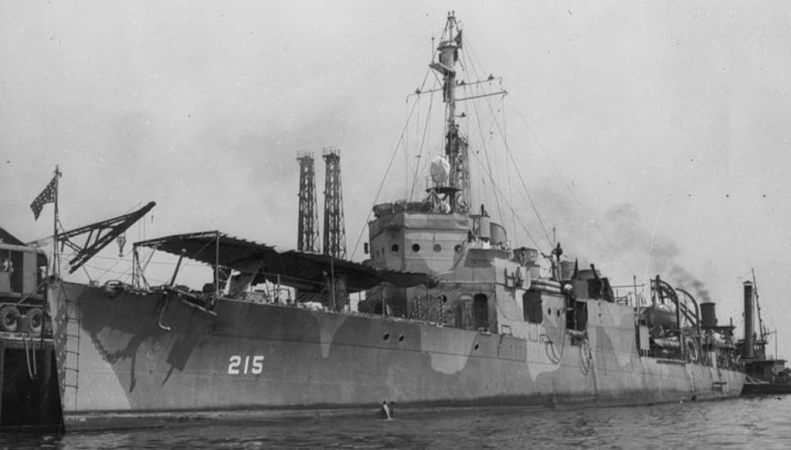When defending any position, the second-to-last thing a military unit wants to know is that they’re outnumbered. The very last thing the defenders want to know is that they’re massively outnumbered. Being outnumbered leads to a losing mindset, which can be a real morale killer, which further affects a unit’s ability to fight effectively. Being so outnumbered that defeat seems certain can be a self-fulfilling prophecy – but it doesn’t have to be. There are many examples in history of units winning against the odds. So if you find yourself out in the field, outnumbered 30-to-1, just try and think about these five victories.
Here are 5 of the most famous military victories achieved against all odds
1. The Battle of Agincourt
Few wars were as bitter and brutal as the Hundred Years’ War between France and Britain. There are many reasons why it lasted (more than) 100 years. One of the most famous battles of the war came at Agincourt, a force of 6,000 English longbowmen completely routed a superior (in numbers) force of 30,000 French heavy infantry and cavalry.
King Henry V personally led the defense of his force, which, according to medieval military doctrine, should have been trampled by France’s 10,000 mounted troops, arrowed to death by thousands of crossbowmen, and beaten down by the rest. Instead, the English longbow decimated the French on their approach, and when they got bogged down in the mud, where hacked to death by the English counterattack.

2. The Battle of Longewala
When Pakistan attacked Indian air bases in December 1971, it probably expected to drive right into the heart of India and force the Indians to surrender. Instead, the war ended in just about two weeks, with a lopsided Indian victory. The Battle of Longewala is a clear microcosm of just how bad things went for the Pakistani plan.
The day after the preemptive Pakistani air attack, a force of 1,000 Pakistani troops behind 40 tanks rolled toward the Indian outpost of Longewala, which was defended by just 150 Indians. The Indians were prepared for it. They had set up fake minefields which funneled the Pakistani attackers into kill zones, they then used their detachment of just four aircraft to reduce the attacking force by a fifth. The Pakistanis were forced to retreat after losing 200 troops and 36 tanks.

3. Battle of Rorke’s Drift
At the Battle of Isandlwana, just over 1,800 British and Colonial troops were attacked by some 20,000 Zulu Impi. The British took a brutal beating, with more than 1,500 killed. That same day, a contingent of Zulus broke off from the main force to attack the British garrison at Rorke’s Drift in South Africa. 150 British troops defending a farmhouse and British wounded were outnumbered by 4,000 Zulus.
The Zulus did not use their numerical superiority effectively. Instead, they attacked piecemeal. Though they still outnumbered the British and were able to engage the defenders close enough for hand-to-hand combat, they were still repeatedly repelled. The British held the day and 11 Victoria Crosses were issued that day, the largest number of Britain’s highest military honor ever awarded for a single battle.
4. The Capture of Belgrade
In April 1941, German officer Fritz Klingenberg was leading a reconnaissance team in advance of the Nazi German Army toward the city of Belgrade, then controlled by Yugoslavia. Klingenberg and his sizable force of troops crossed a river outside the city, but their boat sank, leaving him with just six men. The men, despite orders to the contrary, continued their advance.
They engaged in a few firefights, but snuck their way to the middle of the city, where they raised the Nazi flag. When the mayor of Belgrade came to meet the officer and his troops, Klingenberg told them there would be an artillery barrage and aerial bombardment on the way if the city refused to surrender. The Mayor capitulated, surrendering the city to just six troops.
5. The Battle of Kapyong
By the Spring of 1951, the Korean War had turned into a stalemate, with massive numbers of Chinese troops intervening for the North Koreans and pushing the United Nations forces back across the 38th parallel. In April of that year, the Chinese launched a new offensive near Kapyong, outnumbering British and Commonwealth forces by a factor of more than 10-to1. 700 Canadian, Australian, and New Zealand troops held off a massive Chinese force of around 10,000 to 20,000 Chinese troops for days.
When the communists withdrew, they attacked a force of Canadians holding Hill 677. The Canadian commander told his men there would be no surrender and no retreat, as they were completely surrounded. The Canadians called artillery fire on their own position as they fought hand-to-hand. After losing 5,000 troops, the Chinese finally called off the attack. Only 49 of the defenders were killed in action.
Read more on WATM:

